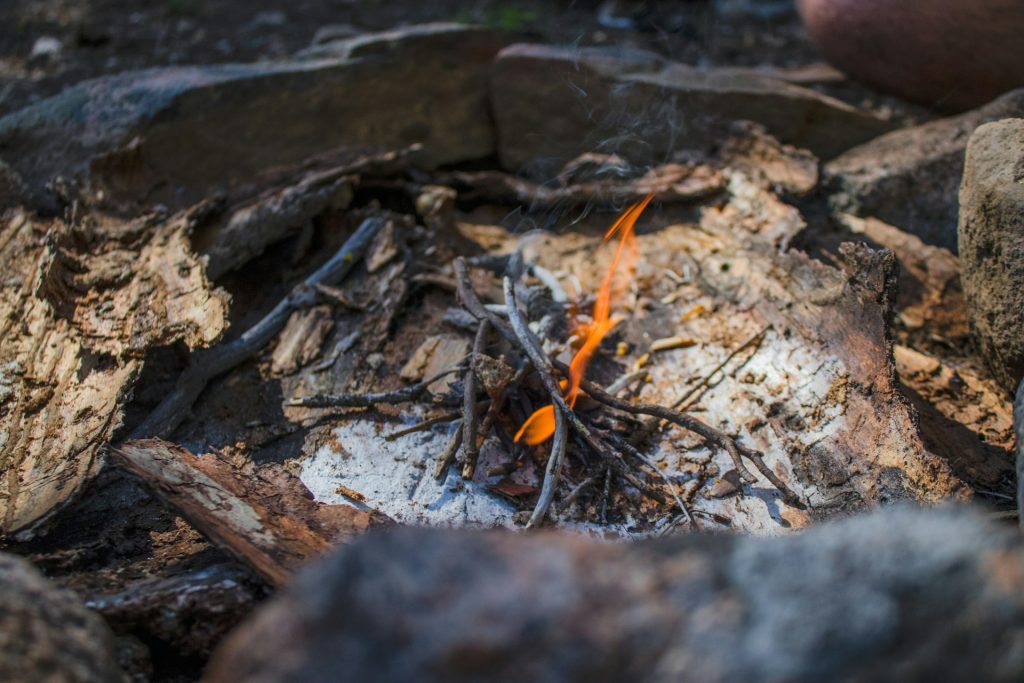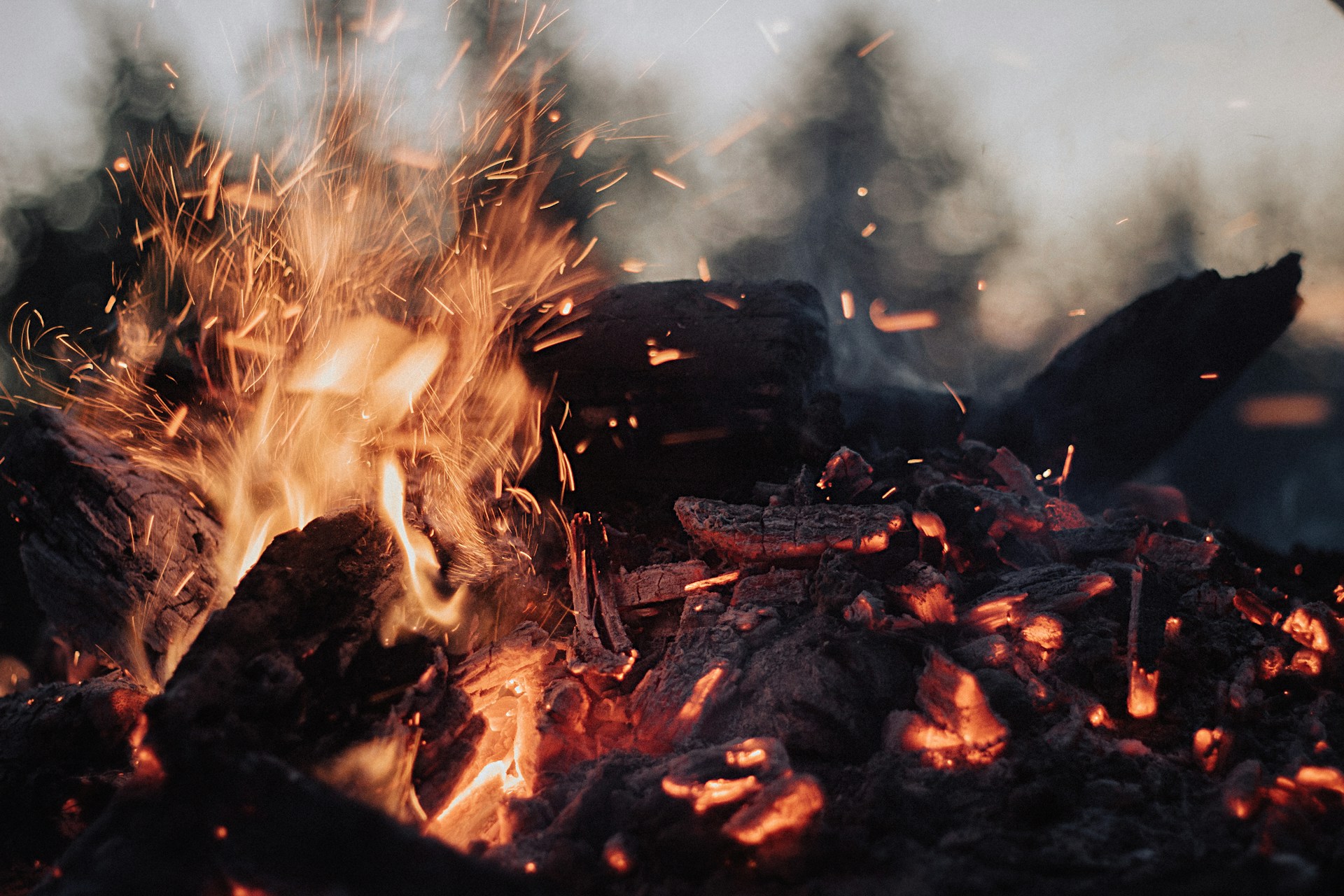The ability to start a fire is not just a skill to showcase at a lakeside cookout; it is a crucial survival technique for anyone venturing into the great outdoors. Whether you’re caught in a blizzard, a torrential downpour, or simply need to warm up after an unexpected dip in the river, knowing how to quickly and efficiently light a fire is a life-saving skill. In this guide, we will explore the basics of emergency fire starting, covering essential ingredients and the most effective methods to ensure you are well-prepared for any outdoor scenario.

A Quick Leave-No-Trace Note
While the magic of a campfire is undeniable, it’s essential to consider Leave-No-Trace principles, especially when backpacking. However, in emergency situations, minimizing environmental impact might not be the top priority.
The Basics of Emergency Fire Starting
Understanding the “fire triangle” is fundamental—a fire requires air, fuel, and heat. Without any of these elements, a fire won’t happen. The components need to be balanced for a sustainable fire. Ignition, part of the “heat” category, is equally critical. Fuel comprises tinder, kindling, and fuel wood.
Tinder
Tinder serves as the initial, highly flammable fuel to spark the fire. Choosing suitable tinder is crucial, and it’s wise to carry it in your survival kit. Natural tinder sources include dry evergreen needles, hardwood leaf litter, wood shavings, dry moss, dry grass, and more. Manmade tinder sources like clothes lint or cotton balls soaked in petroleum jelly are also effective.
Kindling & Fuel Wood
Kindling is larger fuel that catches fire from tinder and burns long enough to ignite bigger fuel wood. Natural kindling includes twigs and small branches, while artificial options like cardboard bundles work well. Having a variety of sizes for kindling and fuel wood allows you to regulate the size and heat of your fire.

Fire Ignition
An ignition source is essential. Matches and lighters are standard choices, and carrying both in a waterproof container is advisable. Flint and steel or a ferrocerium rod and striker are excellent backups. Learning primitive methods like hand drills or bow drills can be valuable but may not be practical in a survival situation.
Best Way to Start a Fire
The classic “teepee” structure is a reliable way to start an emergency fire. Clear a space, build a tinder pile, brace twigs in teepee form around it, stack kindling, and light the tinder. Once kindling catches, add larger fuel wood progressively. Experiment with alternative structures like a “lean-to” or a pyramidal setup for different scenarios.
How to Start a Fire in the Rain
Starting a fire in the rain requires seeking natural shelters or creating makeshift ones with tarps or branches. Dry tinder in your survival kit is invaluable, but you can also find natural tinder around tree trunks and overhanging boughs. Platforms of logs can be used to keep your fire off wet ground. Once the fire is lit, place damp fuel wood around it to initiate drying.

Starting an emergency fire is a fundamental skill for outdoor enthusiasts. Regular practice in non-emergency situations helps hone your abilities. Understanding various methods, experimenting with different fuel types, ignition sources, and environmental conditions ensures you’re well-prepared for any outdoor adventure. As you master the art of fire starting, you gain not only a practical survival skill but also a profound connection to the historical methods employed by cultures worldwide. In the vastness of the great outdoors, being equipped with diverse fire-starting techniques provides peace of mind and a heightened sense of self-reliance.





